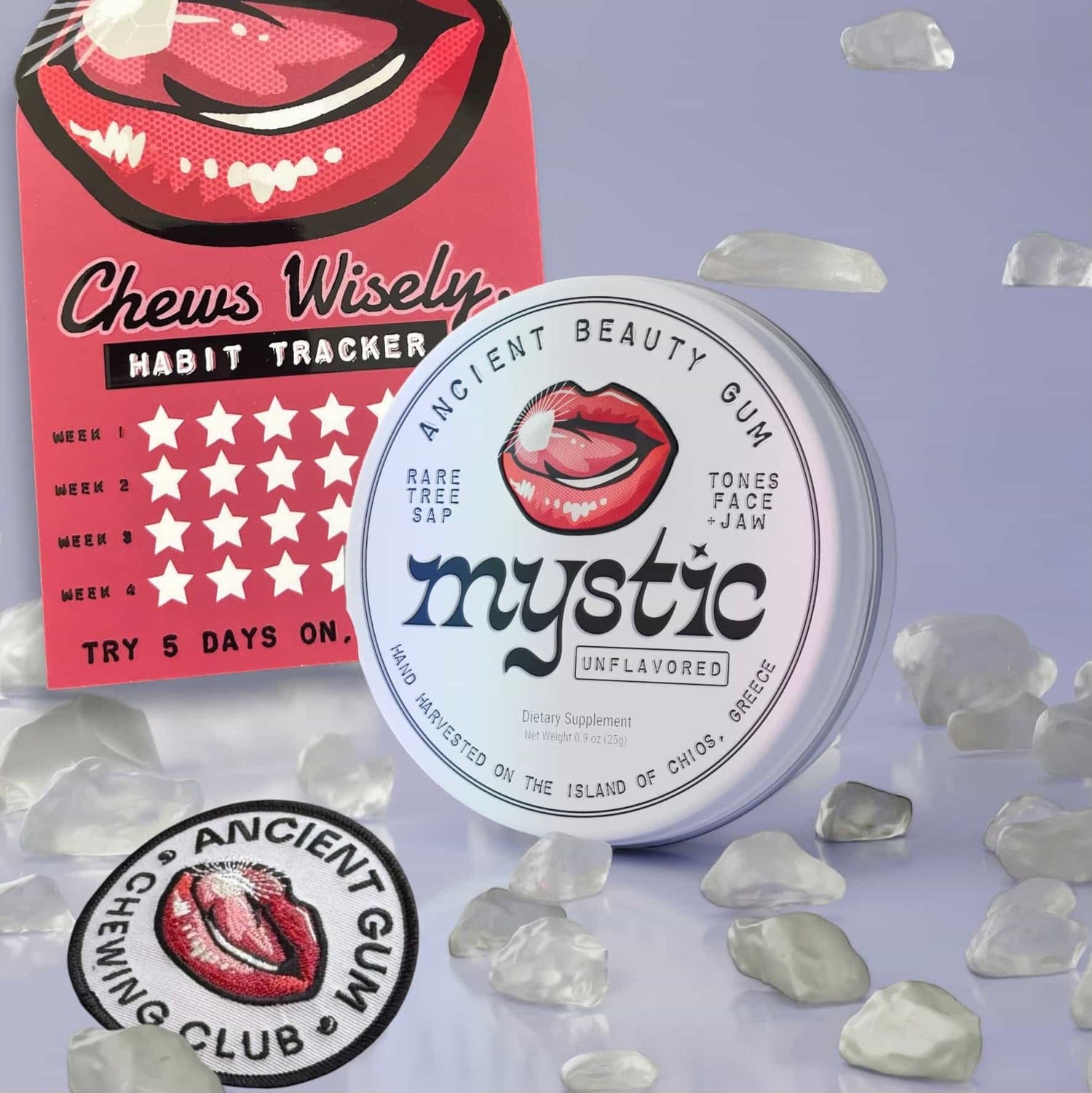The Future of gum is from the past

The Mastic Tree is cultivated only in Southern Chios due to the unique characteristics of the ground, the microclimate, and the traditional cultivation techniques.
The cultivation, collection, and processing of Mastiha span all four seasons of the year. Similar to other traditional cultivations, such as olives, Mastiha production is a family operation.
In January and February, the lower branches are pruned. In March and April, digging commences, and by the end of spring, all plant ministrations are completed. Summer is the season of Mastiha production and collection, starting with ground preparation in June. First, the ground beneath the tree is methodically cleaned and spread with argil, a white chalky powdered stone known locally as asprohoma, which retains the Mastiha that drips from the tree.


July marks the start of the “kentima,” or incising the trees. This is the high point in Chios Mastiha cultivation and lasts about 75 days, depending on weather conditions.
Kentima involves incising the tree trunk and main branches with a sharp pointed tool, causing the Mastiha to exude. The Mastiha drips to the ground in the form of tears that harden into crystalline granules after 15-20 days and are then ready for collection.
Collection is completed in September, after which the process of cleaning the Mastiha begins. This procedure takes months, initially taking place in the producer’s house and later at the facilities of the Chios Mastiha Growers Association.


It is important to note that the entire production and cleaning process of Chios Mastiha is free of all chemicals and additives and has remained unchanged throughout the centuries. The primitive tools and cleaning methods, the producers’ garments, and the medieval settlements in Southern Chios, combined with the virtually untouched natural environment of the region, are undeniable proof of the historical continuity of this product.
The cleaning of the Mastiha is done painstakingly by hand, including sifting, sorting, and washing in natural spring water. It is then immediately turned over to the Association, where the cleaning continues with mechanical means. Finally, the Mastiha is sorted, classified, and graded according to the color and size of the granule. To protect the product and the consumer, Chios Mastiha is distributed only in packages marked PDO and accompanied by the insignia of the Association.

Shop Mystic Gum

